On our feet, corns, and calluses can be those areas of the skin that are thickened and can become painful. Due to excessive rubbing or pressure,they can be caused on the skin that may lead to certain foot problems, particularly on walking.
Mostly such conditions may happen because of wearing ill-fitting shoes. A podiatrist is a person qualified for your corn removal Orange County. He can cut away fromyour corns and calluses. He will also offer advice on your footwear, padding, or shoe inserts to prevent recurrences.
What the corns and callusesare?
Corns
Corn is a tiny patch of skin that must have expanded as a result of pressure. The form of maize is generally spherical. Corns are uncomfortable because they press into the deeper layers of your skin.
Corns on the top of the small toes or the outer surface of your little toe are prevalent. These are the locations where ill-fitting shoes are most likely to irritate.
Soft corns can develop between the toes, especially between the 4th and 5th toes. These can be softer as sweat keeps them moist between the toes. Soft corns might become infected at any time.
Calluses
Typically, a callus is wider and broader compared to corn, with a softer edge. These usually develop on the bottom of your foot (sole). They typically develop on the bony area directly beneath your toes. When you walk, this weight-bearing area bears the brunt of your weight. They are normally painless, but they can become unpleasant in some cases.
What are the causes of corns and calluses?
Near the tiny joints of your toes, the little bones of your toes and foot are larger and lumpier. When the skin atop a little rough patch of bone is subjected to repetitive friction or pressure, the skin thickens. Corns or calluses may form as a result of this.
Tight or any ill-fitting shoes, which generate corns on the top of your toes and on the side of your little toe, are the most prevalent reasons for rubbing and pressure. In addition, excessive walking or running can lead to calluses on the bottoms of the feet.
If you participate in sports or activities requiring frequent pressure on the feet, you have more chances of acquiring a callus.
If you have particularly prominent bony toes, very thin skin, or other malformations of your toes or feet that cause your skin to rub much more easily inside the shoes, corns, and calluses are more likely to occur. Corns and calluses can be more common in people with bunions.
How may calluses on the feet be avoided?
Once Benjamin Franklin said that if you can prevent an ounce, which is worth a cure of a pound, and this also applies to your health in every aspect. How can you prevent calluses?
Wear your shoes properly with fitting socks. Socks that do not fit may cause calluses, and the same is with any ill-fitting shoes.Better wear any arch supports. This will make your shoes more comfortable, can alleviate pain, and also keep the structure of your foot health. Also, weight distribution too can prevent calluses.
In case, you have any foot deformity, then you must consult any nearby podiatrist toknow your best options.
Try to maintain your feet clean. For your feet, hygiene is very important as they can be more vulnerable to certain infections, particularly if you are diabetic.
Few do’s and don’ts
Do’s
- Wear thick and cushioned socks
- Always wear comfortable,wide shoes having a low heel with soft sole
- Use any soft insoles/heel pads in the shoes
- Soak corns/calluses in the warm water for softening them
- Use regularly a pumice stone/foot file for removing hard skin
- Keep moisturized to keep skin soft
Don’ts
- Avoid cutting off corns/calluses yourself
- Avoid walking long distances
- Avoid standing for long periods
- Avoid wearing high heels or a tight pointy shoes
- Avoid going barefoot
How to diagnose your corns and calluses?
It is not very difficult to identify corns and calluses. There are no tests needed. A simple visual examination of your skin is generally sufficient. Your doctor may inquire about your profession, the amount of walking and standing that you do, and the activities you engage in.
If you have got corn or callus on your foot, he may request you to take a walk to assess your posture and walking style, inquire about your shoes, and inquire about how you care for your feet.
How to treat your corns and calluses?
You may visit your doctor for callus removal Irvine. Removal of the skin buildup is quite an effective treatment. The following tips are useful:
- Soak affected areas in warm water to soften the skin for 5 -10 minutes.
- Wet any pumice stone/emery board and gently move your pumice stone on softened skin across your corn/callus for removing dead tissue.
- Continue filing the corn/callus, by moving the stone in one direction. Avoid removing too much skin to avoid bleeding or an infection.
- Also, apply a lotion or moisturizing cream to the corn/callus every day.
These days, there are new techniques available for laser callus removal Orange County that can quickly bring your feet to original condition.

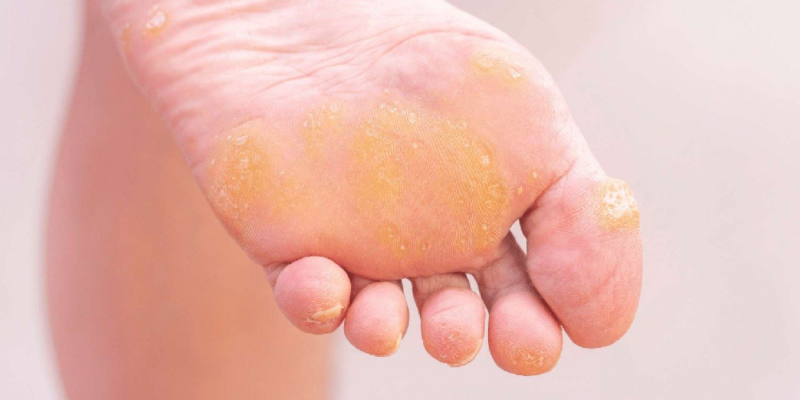

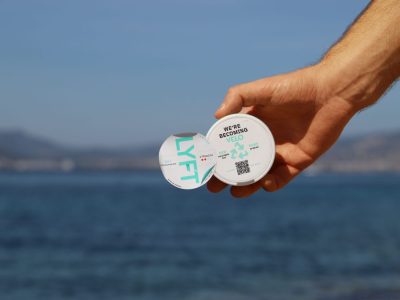
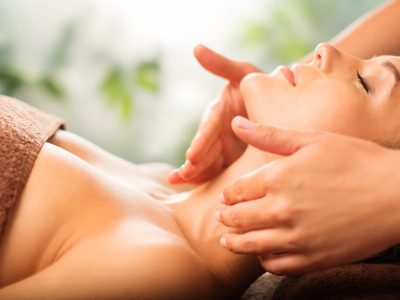
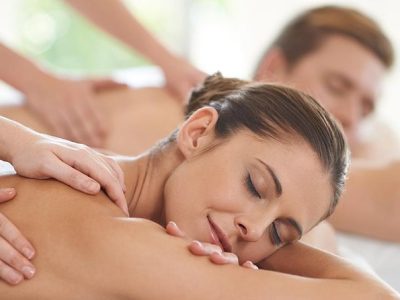
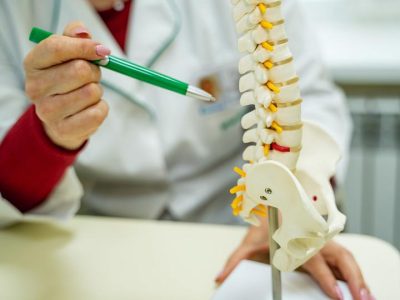







Comments